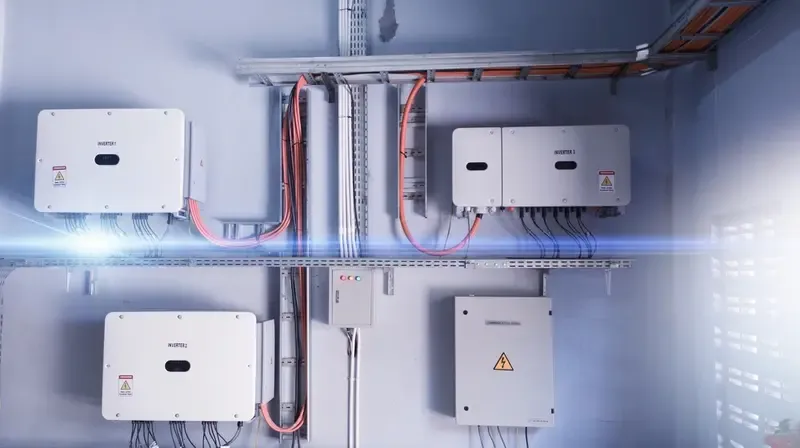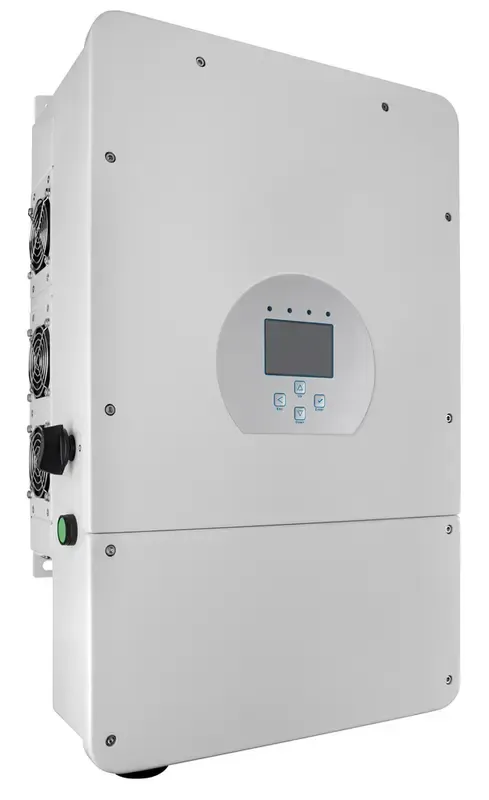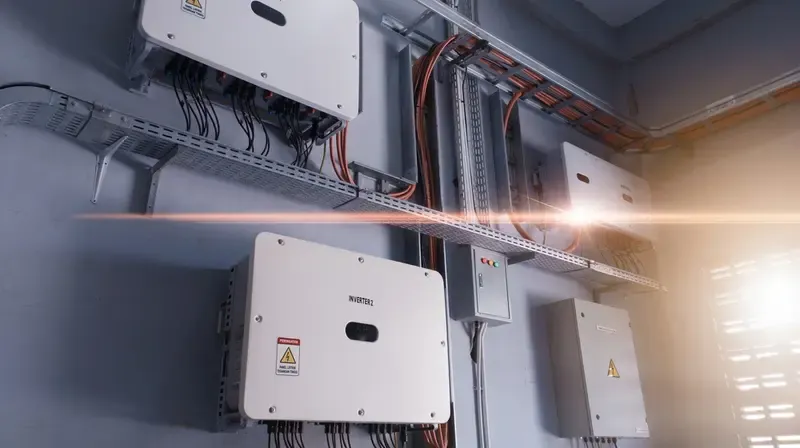Choosing the right solar inverter size is critical—and one of the most common questions: what solar inverter size do I need? Whether you are installing a rooftop system in California, powering a remote cabin in Alberta, or sizing for a community center in Rajasthan, getting it right means efficiency, safety, and ROI.
Let's dive into step-by-step plans, on-the-ground numbers, and what influences inverter size.
1. Know Your Total Solar Panel Capacity
Begin by knowing your panel array capacity in watts (W). For example:
- A standard 6 kW system in Los Angeles might use 15 panels × 400 W = 6,000
- A 3 kW cabin installation in Northern Ontario might be 10 panels × 300 W = 3,000
A question to ask: How close should the inverter rating be to the panel wattage? Ideally at 80–110%, to compensate for panel overproduction in bright sunlight and to avoid compromising inverter efficiency.
2. Select an Appropriate Inverter Rating
Here's how inverter sizes usually correlate:
- Small systems (2–5 kW):
Panels: 3,000 – 6,000 W
Inverter: 3,000 W to 5,500 W
- Medium systems (6–10 kW):
Panels: 6,000 – 10,000 W
Inverter: 5,500 W to 8,000 W (some size down to 5 kW depending on shading)
- Large systems (10–20 kW):
Panels: 10,000 – 20,000 W
Inverter: one or two inverters of a combined 10 kW–15 kW
A 12 kW solar installation in a farm near Berlin utilized a 10 kW inverter with excellent results—saving a couple of hundred dollars on initial cost and still registering peak output.

3. Equate Load Requirements, Not Panel Watts
It's not solely about sunlight—actual usage matters, too. If your home consumes 7 kWh daily with variable peak loads, a 7 kW inverter offers room to maintain heavy draws like heaters or dryers running without clipping.
Points to consider: Do you envision future load growth—EV chargers, heat pumps? Yes? Oversizing your inverter now might save you from having to replace it later. Upgrading from 7 to 9 kW inverter on the average American home with an electric vehicle saves a headache—and downtime down the road.
4. Panel-to-Inverter “Oversizing” (DC/AC Ratio)
Oversizing panels to inverter capacity is a standard procedure, i.e., 1.2 DC/AC ratio. Therefore, for instance, a 5 kW inverter can handle 6 kW of panels. This allows the best possible output on cloudy months or mornings without engaging inverter over-voltage limits.
But do not oversize excessively (e.g., 1.5×), wasting power due to clipping loss under top sun conditions.
5. Verify Local Utility and Grid Regulations
In Sydney, net-metering laws limit inverter size relative to panel capacity; to around 110% is normal. Overpeak risk—good for self-consumption setups, but tricky where feed-in tariffs fall off at some thresholds.
6. Understand Inverter Type and Specification
- String inverters:Cheapest; size range 3–15
- Hybrid inverters:Regulate panel and battery input; ideal for backup function.
- Microinverters/Power optimizers:Fine where there is shading but costly per watt.
A Norfolk, UK, festival installation used a 9 kW size hybrid inverters to manage solar and battery charging—halt export to the grid during local peak carbon-demand pricing hours.

7. Real-Life Calculation Example
Phoenix, Arizona, residential customer wants daily 30 kWh usage plus EV charging (~7 kW peak). They choose:
- Panel array: 9 kW
- Inverter: 7 kW hybrid unit to match peak demand
- DC/AC ratio ~1.3, matching morning/evening generation without costly inverter over-provisioning
This system produces ~14,000 kWh annually and optimizes self-consumption, for highest return on investment.
8. Last Things Before You Buy
- Future expansion:Are you going to add panels or batteries? Choose an inverter to allow this.
- Monitoring & warranty:Smart inverters allow remote diagnosis.
- Efficiency data:Look at efficiency curves, not nominal wattage.

